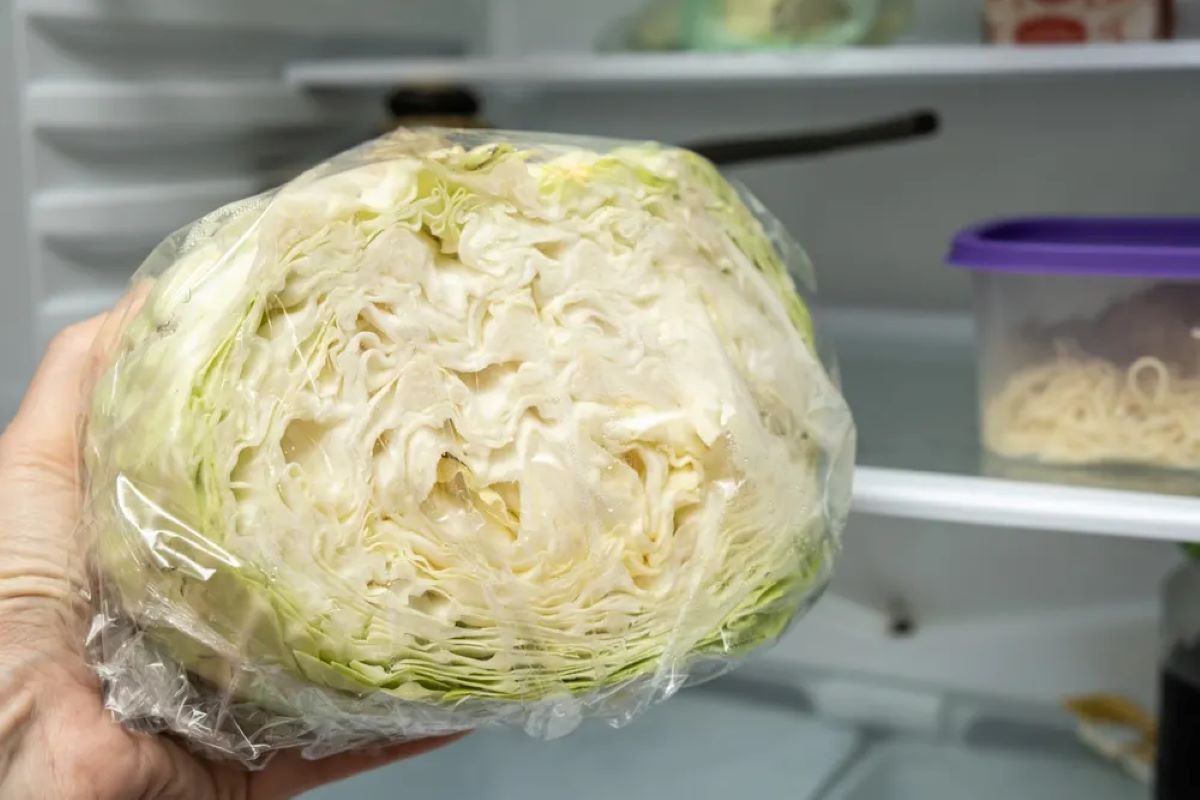

Articles
How To Store Cabbage For 6 Months
Modified: December 7, 2023
Discover practical tips on how to store cabbage for up to 6 months with our informative articles. Extend the shelf life of your cabbage and enjoy its freshness anytime.
(Many of the links in this article redirect to a specific reviewed product. Your purchase of these products through affiliate links helps to generate commission for Storables.com, at no extra cost. Learn more)
Introduction
When it comes to storing cabbage, most people think of using it within a week or two of purchase. However, with the right methods, it’s possible to store cabbage for up to 6 months, allowing you to enjoy its freshness and crunch long after its harvest season has passed.
Whether you have a surplus of cabbage from your garden or took advantage of a great deal at the farmer’s market, knowing how to store cabbage properly can help minimize waste and save you money. In this article, we will explore several methods for storing cabbage for an extended period, ensuring that it stays crisp and tasty for months to come.
Before we delve into the storage methods, it’s essential to understand that not all cabbage is created equal. For long-term storage, it’s best to choose mature heads of cabbage that are firm, dense, and heavy for their size. Avoid cabbage heads with any signs of bruising, soft spots, or browning leaves, as they are more prone to spoilage.
Now, let’s explore the various methods you can use to store your cabbage and keep it fresh for up to 6 months:
Key Takeaways:
- Store cabbage for up to 6 months by using methods like refrigeration, root cellar storage, or freezing. Proper preparation and periodic checks ensure long-lasting freshness and quality.
- Choose the best storage method based on your resources and needs to enjoy fresh cabbage year-round. Whether it’s in the refrigerator, root cellar, or freezer, minimize waste and save money with effective storage techniques.
Read more: How To Store A Car For 6 Months
Storing Fresh Cabbage
Before you decide on a specific storage method, it’s important to prepare your cabbage for long-term storage. Follow these steps:
- Remove any loose or damaged outer leaves from the cabbage head. These leaves are more prone to spoilage and can affect the overall quality of the cabbage during storage.
- Gently rinse the cabbage head under cold running water to remove any dirt or debris. Avoid soaking the cabbage, as excess moisture can lead to rotting.
- Allow the cabbage head to air dry for a few minutes or pat it dry with a clean kitchen towel. Ensure that the cabbage is completely dry before moving on to the storage methods.
Now that your cabbage is ready, let’s explore the different storage methods:
Method 1: Storing Cabbage in the Refrigerator
The easiest and most common method for short-term cabbage storage is in the refrigerator. Follow these steps:
- Wrap the cabbage head tightly in plastic wrap or place it in a sealed plastic bag to prevent moisture loss and exposure to other odors in the fridge.
- Store the wrapped cabbage in the vegetable crisper drawer of your refrigerator. This will help maintain a consistent temperature and humidity level.
- Make sure the cabbage is not in direct contact with any ethylene-producing fruits or vegetables, as this can accelerate spoilage. Keep it separate from apples, bananas, and tomatoes.
When stored properly in the refrigerator, cabbage can last for up to 2-3 weeks.
Method 2: Storing Cabbage in a Root Cellar
If you have access to a root cellar, storing cabbage in this cool and dark environment can extend its shelf life. Here’s what you need to do:
- Choose mature and fully-dry cabbage heads for this method.
- Remove any loose or damaged outer leaves, as they can cause faster deterioration.
- Place the cabbage heads in a clean wooden crate or basket, ensuring that they are not touching each other.
- Store the crate or basket in a cool area of the root cellar, where the temperature is around 32°F to 40°F (0°C to 4°C). Check the humidity level as well, aiming for around 90-95%.
Properly stored in a root cellar, cabbage can last for several months, even up to 6 months.
Method 3: Storing Cabbage in a Cool, Dark Place
If you don’t have a root cellar, you can still store cabbage in a cool and dark place in your home. Follow these steps:
- Choose a location that is cool and consistently stays between 32°F to 40°F (0°C to 4°C). It could be a basement, garage, or a cool closet.
- Place the cabbage heads in a wooden crate or a well-ventilated container, keeping them separated to allow proper air circulation.
- Avoid exposing the cabbage to direct sunlight or fluctuating temperatures, as this can cause spoilage.
With this method, cabbage can last for a few months, depending on the storage conditions.
Stay tuned for the next section on freezing cabbage for extended storage.
Read more: How To Store Tomatoes For 6 Months
Preparing Cabbage for Long-Term Storage
Before you store cabbage for an extended period, it’s important to prepare it properly to ensure its longevity and quality. Follow these steps:
- Choose mature heads of cabbage that are firm and free from any signs of damage or decay. Avoid selecting cabbage heads that have wilted, soft, or discolored leaves.
- Inspect the cabbage for any loose or damaged outer leaves. Remove these leaves as they can contribute to faster spoilage.
- Wash the cabbage under cold running water to remove any dirt or debris on the outer leaves.
- Gently pat the cabbage dry with a clean kitchen towel or allow it to air dry. Make sure it is completely dry before proceeding with the storage methods.
- If the cabbage head is too large to fit into your desired storage containers or bags, you can cut it into smaller wedges or shred it.
Once you have prepared the cabbage, you can proceed with one of the following methods for storing it for an extended period.
Method 1: Storing Cabbage in the Refrigerator
One of the easiest and most common methods for storing cabbage is in the refrigerator. This method allows you to keep your cabbage fresh for a few weeks. Follow these steps:
- Wrap the cabbage head tightly in plastic wrap or place it in a sealed plastic bag. This will help prevent moisture loss and exposure to other odors in the refrigerator.
- Ensure that the cabbage head is completely wrapped and no part of it is exposed.
- Store the wrapped cabbage in the vegetable crisper drawer of your refrigerator. This drawer is designed to maintain a higher level of humidity, which is ideal for storing vegetables.
- Make sure the cabbage is not in direct contact with any ethylene-producing fruits or vegetables. These include apples, bananas, and tomatoes, as they can accelerate the spoilage of the cabbage.
- Check on the cabbage periodically and remove any outer leaves that show signs of wilting or decay.
By following these steps, your cabbage can stay fresh in the refrigerator for up to 2-3 weeks. However, it’s important to note that the longer you store cabbage, the more it may lose its crispness and flavor. So, it’s best to consume it within the first few weeks for the best quality.
Storing cabbage in the refrigerator is a convenient option, especially if you plan on using it in salads, coleslaw, or stir-fries. However, if you want to store cabbage for an even longer period, you may want to consider alternative methods such as storing it in a root cellar or freezing it. Continue reading for more information on these methods.
Method 2: Storing Cabbage in a Root Cellar
If you have access to a root cellar or a cool storage area with the right conditions, storing cabbage in this environment can extend its shelf life for several months. Here’s how you can store cabbage in a root cellar:
- Choose mature and fully-dry cabbage heads for this storage method. The outer leaves should be intact, without any signs of damage.
- Remove any loose or damaged outer leaves from the cabbage heads, as they can cause faster deterioration.
- Place the cabbage heads in a clean wooden crate or basket. Ensure that there is enough space between each cabbage head for proper air circulation.
- Store the crate or basket in a cool area of the root cellar, where the temperature is maintained between 32°F to 40°F (0°C to 4°C).
- Check the humidity level in the root cellar. Ideally, it should be around 90-95% to prevent the cabbage from drying out. You can use a humidifier or place a tray of water nearby to maintain the humidity.
- Periodically inspect the cabbage heads for any signs of spoilage. Remove any cabbage heads that show signs of decay to prevent the spread of mold or bacteria.
When properly stored in a root cellar with controlled temperature and humidity, cabbage can last for several months, even up to 6 months. Regularly monitoring and maintaining the storage conditions is crucial for ensuring the quality and longevity of the cabbage.
Storing cabbage in a root cellar is an excellent option for those who have access to this type of storage space. It allows you to enjoy fresh cabbage throughout the winter months when the availability of fresh produce may be limited. If you don’t have a root cellar, don’t worry. There are still other alternative methods you can use to store cabbage for an extended period. Let’s explore the next method: storing cabbage in a cool, dark place.
Method 3: Storing Cabbage in a Cool, Dark Place
If you don’t have a root cellar but still want to store cabbage for an extended period, you can utilize a cool and dark place in your home. Follow these steps to store cabbage in a cool, dark place:
- Choose a location in your home that is cool and consistently maintains a temperature between 32°F to 40°F (0°C to 4°C). Options include a basement, garage, or a cool closet.
- Ensure the chosen area is dark or has minimal exposure to light. Light can cause the cabbage to deteriorate faster.
- Place the cabbage heads in a wooden crate or a well-ventilated container. It’s important to allow for proper air circulation to prevent moisture buildup and potential rot.
- Keep the cabbage heads separated from each other to reduce the risk of cross-contamination. Avoid stacking the heads on top of each other.
- Periodically check on the cabbage heads, looking for any signs of spoilage. Remove any cabbage heads that show signs of decay promptly to prevent the spread of mold or bacteria.
By following these steps, cabbage can be stored in a cool, dark place for a few months. The exact storage duration will depend on the specific conditions of the storage area and the freshness of the cabbage at the time of storage.
Storing cabbage in a cool, dark place is a viable option for those who don’t have a root cellar or access to a refrigerator with sufficient space. It allows the cabbage to maintain its freshness for an extended period, making it a great choice if you want to enjoy cabbage during the offseason or when refrigeration is not readily available.
Next, we will explore another method for storing cabbage: freezing. Freezing cabbage can be a convenient and effective way to store it for an extended period. Stay tuned for method 4!
To store cabbage for 6 months, wrap the whole head in a few layers of plastic wrap and place it in the crisper drawer of the refrigerator. Check for any signs of spoilage regularly and remove any damaged outer leaves to extend its shelf life.
Read more: How To Store Onions For 6 Months
Method 4: Freezing Cabbage for Extended Storage
Freezing cabbage is an excellent option if you want to store it for an extended period without compromising its quality and flavor. Here’s how you can freeze cabbage:
- Start by preparing the cabbage. Remove any loose or damaged outer leaves and wash the cabbage head under cold running water to remove any dirt or debris.
- Next, blanch the cabbage to preserve its color, texture, and nutritional value. Bring a large pot of water to a boil and fill a bowl with ice water.
- Cut the cabbage into wedges, shred it, or leave it whole, depending on your preference. Blanching time will vary based on the size and thickness of the cabbage pieces:
- If using wedges, blanch them for 3-4 minutes.
- If shredding the cabbage, blanch it for 1-2 minutes.
- If leaving the cabbage whole, blanch it for 4-5 minutes.
- After blanching, quickly transfer the cabbage to the ice water bath to stop the cooking process. This will help maintain its crispness and color.
- Drain the cabbage well and pat it dry using a clean kitchen towel or paper towels.
- Now, it’s time to pack the cabbage for freezing. You can use freezer-safe bags or containers for this purpose.
- If using freezer bags, remove as much air as possible before sealing them. If using containers, leave some headspace to allow for expansion during freezing.
- Label the bags or containers with the date of freezing and the contents.
- Place the packed cabbage in the freezer and make sure they are stored in a single layer to allow for quicker freezing.
Frozen cabbage can last for up to 6-8 months in the freezer. However, for the best quality, it’s recommended to consume it within the first few months.
Freezing cabbage is a convenient option if you want to preserve its freshness and have it readily available for future use. You can use the frozen cabbage in soups, stews, stir-fries, or other cooked dishes. Keep in mind that the texture of the cabbage may change slightly after freezing, so it’s best to use it in cooked preparations rather than raw dishes.
Now that you have learned four different methods for storing cabbage, you can choose the one that suits your needs and resources best. Proper storage techniques will help you enjoy the freshness of cabbage throughout the year, even when it’s out of season.
Checking Stored Cabbage for Spoilage
While stored cabbage can last for an extended period, it’s important to periodically check for any signs of spoilage. Here are some indicators to look for when inspecting your stored cabbage:
- Visual Appearance: Examine the outer leaves of the cabbage heads for any signs of wilting, discoloration, or mold. If you notice any soft spots, brown patches, or slimy texture, it’s a clear indication of spoilage.
- Texture and Firmness: Gently squeeze the cabbage heads. They should feel firm and dense. If the cabbage feels soft, mushy, or has a spongy texture, it has likely started to spoil.
- Odor: Take a sniff of the cabbage heads. Fresh cabbage should have a mild, slightly sweet aroma. If you detect any foul or rancid smell, it’s a sign of spoilage.
If you encounter any of these signs, it’s best to discard the affected cabbage heads to prevent the spread of mold or bacteria to the remaining ones.
Regularly monitoring the stored cabbage and promptly removing any spoiled heads will help ensure the overall freshness and quality of the cabbage that you intend to keep for an extended period. Remember, it’s always better to be safe than sorry when it comes to consuming stored produce.
By following the proper storage methods and conducting regular checks, you can enjoy your stored cabbage for months, maintaining its taste and nutritional benefits.
Now that you have learned how to store and inspect cabbage for spoilage, you are equipped with the knowledge to keep your cabbage fresh and ready to use whenever you need it. Don’t let your excess cabbage go to waste – use these methods to extend its shelf life and enjoy the goodness of cabbage throughout the year.
Conclusion
Knowing how to store cabbage properly can make a significant difference in its shelf life and overall quality. With the right methods, you can store cabbage for up to 6 months, allowing you to enjoy its freshness and nutritional benefits long after its harvest season has passed.
In this article, we explored four different methods for storing cabbage: in the refrigerator, in a root cellar, in a cool, dark place, and by freezing. Each method has its advantages and is suitable for different storage conditions and preferences.
If you have access to a refrigerator, storing cabbage in the vegetable crisper drawer is the easiest and most common method for short-term storage of up to 2-3 weeks. This method is convenient if you plan to use the cabbage relatively quickly.
For those with a root cellar or a cool storage area, storing cabbage in this environment can extend its shelf life for several months. The controlled temperature and humidity help preserve the freshness and texture of cabbage, allowing you to enjoy it throughout the winter months.
If a root cellar is not available, you can still store cabbage in a cool, dark place in your home. This method is suitable for storing cabbage for a few months, depending on the storage conditions. It’s a viable option when refrigeration is limited or not readily accessible.
Freezing cabbage is another effective method for long-term storage. By blanching the cabbage and packing it properly, you can store it in the freezer for up to 6-8 months. Freezing cabbage is a great option if you want to have cabbage readily available for cooking and preparing various dishes.
Regardless of the storage method you choose, it’s important to ensure that the cabbage is properly prepared and periodically checked for signs of spoilage. Removing any spoiled cabbage promptly will help maintain the overall freshness and quality of the stored cabbage.
Now that you have learned these storage methods, you can make the most of your cabbage harvest or take advantage of great deals at the farmer’s market by storing it for an extended period. Minimize waste, save money, and enjoy fresh cabbage throughout the year with these effective storage techniques.
So go ahead, stock up on cabbage, and make the most of this versatile and nutritious vegetable!
Frequently Asked Questions about How To Store Cabbage For 6 Months
Was this page helpful?
At Storables.com, we guarantee accurate and reliable information. Our content, validated by Expert Board Contributors, is crafted following stringent Editorial Policies. We're committed to providing you with well-researched, expert-backed insights for all your informational needs.


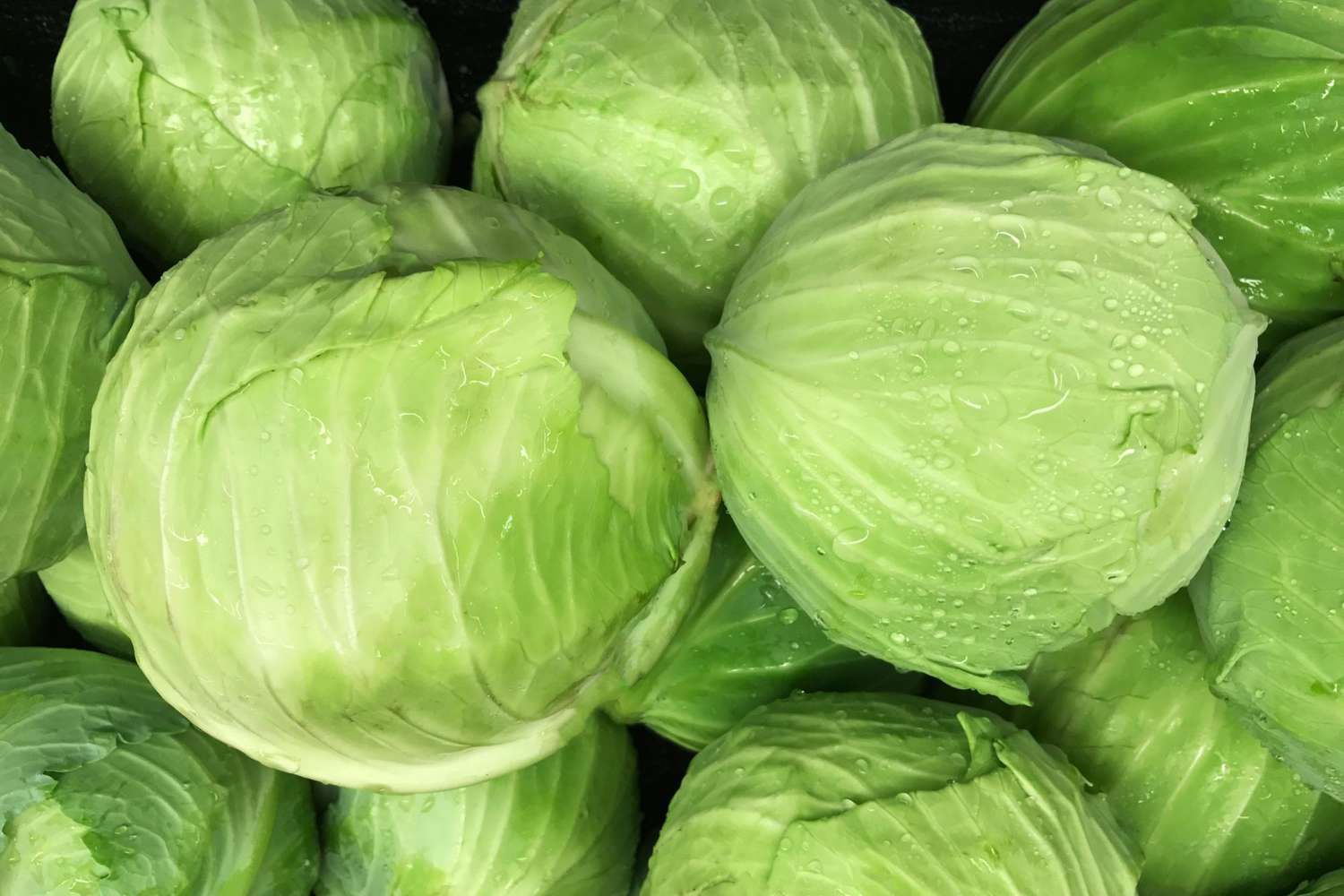
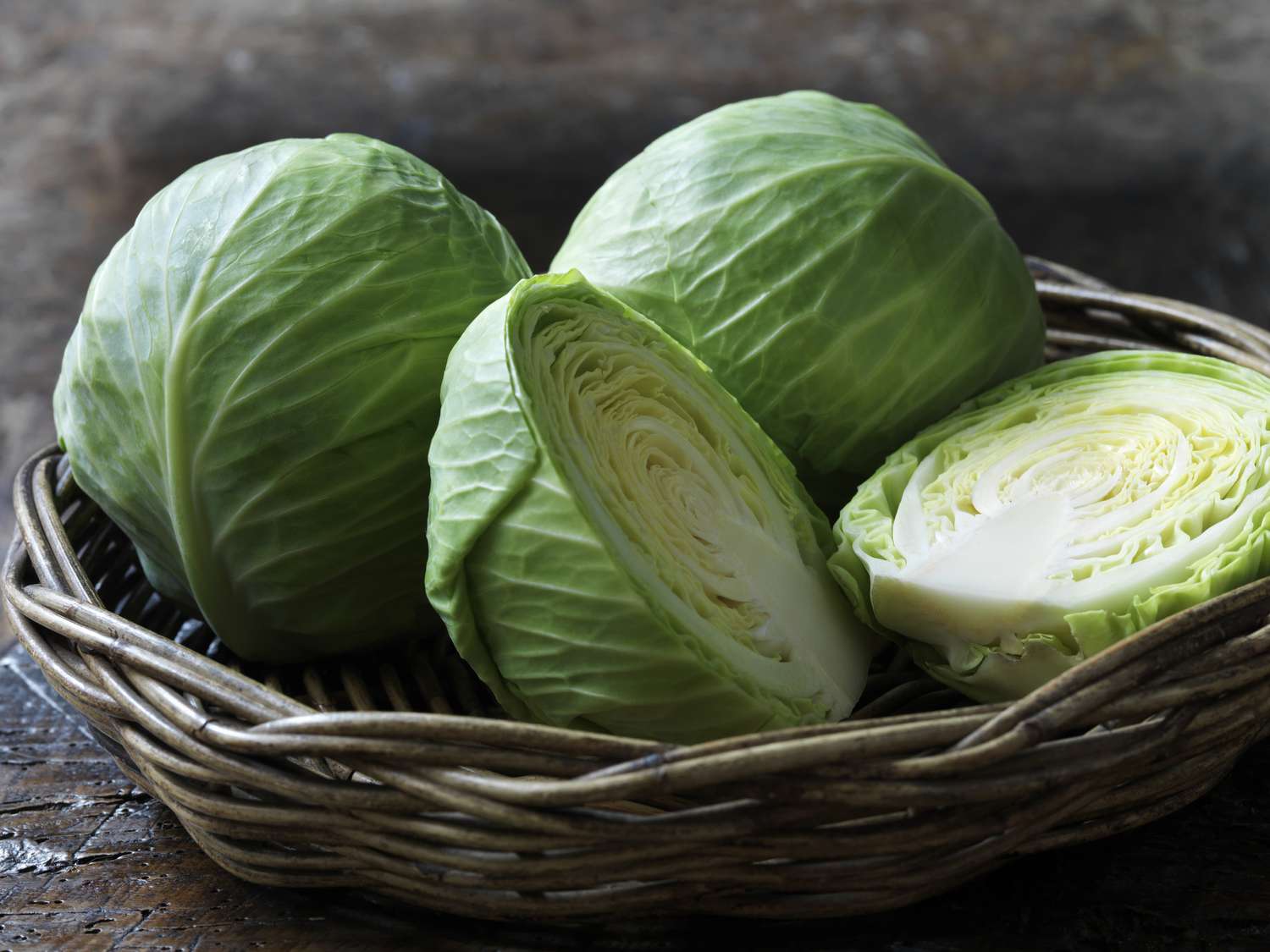
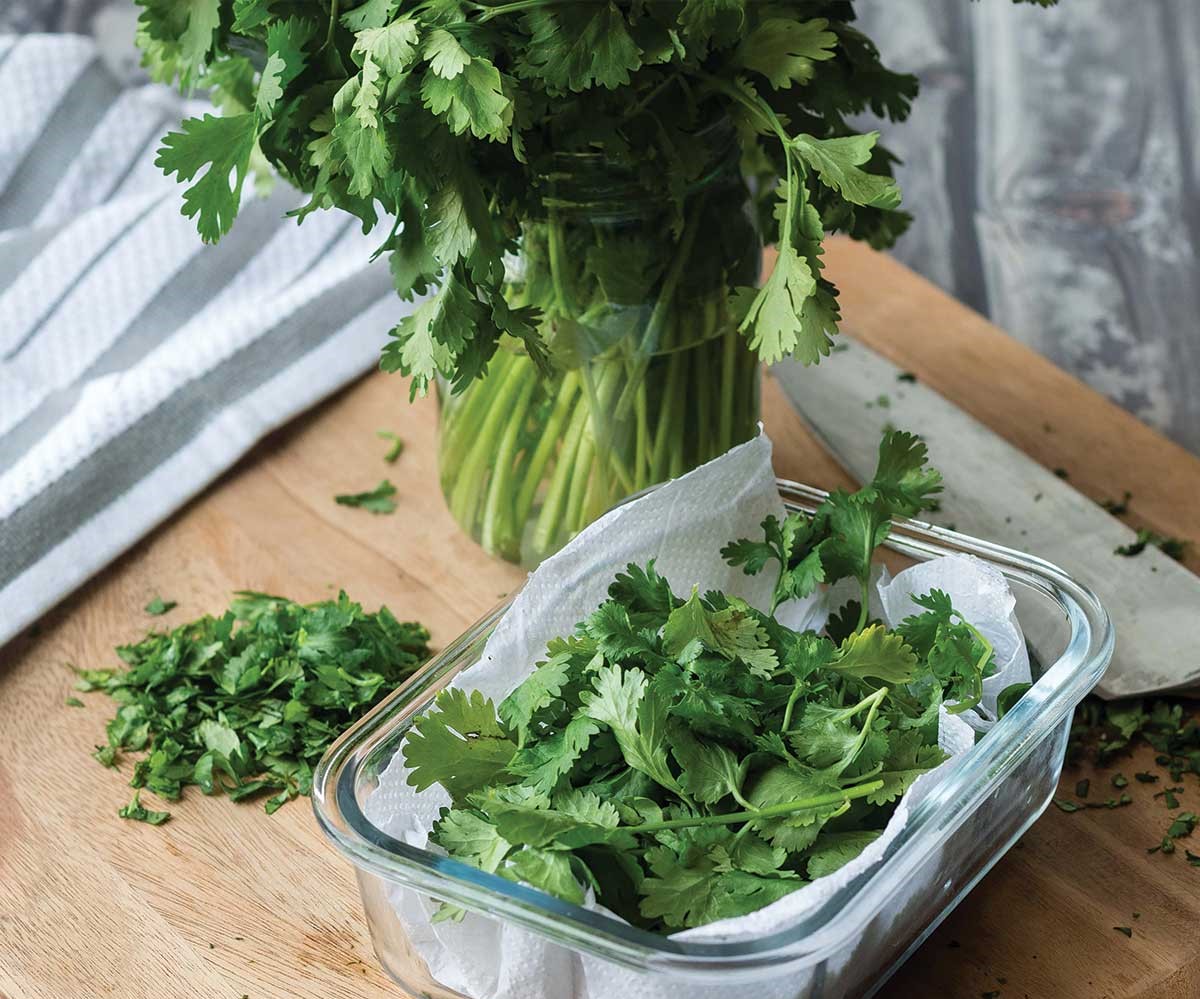
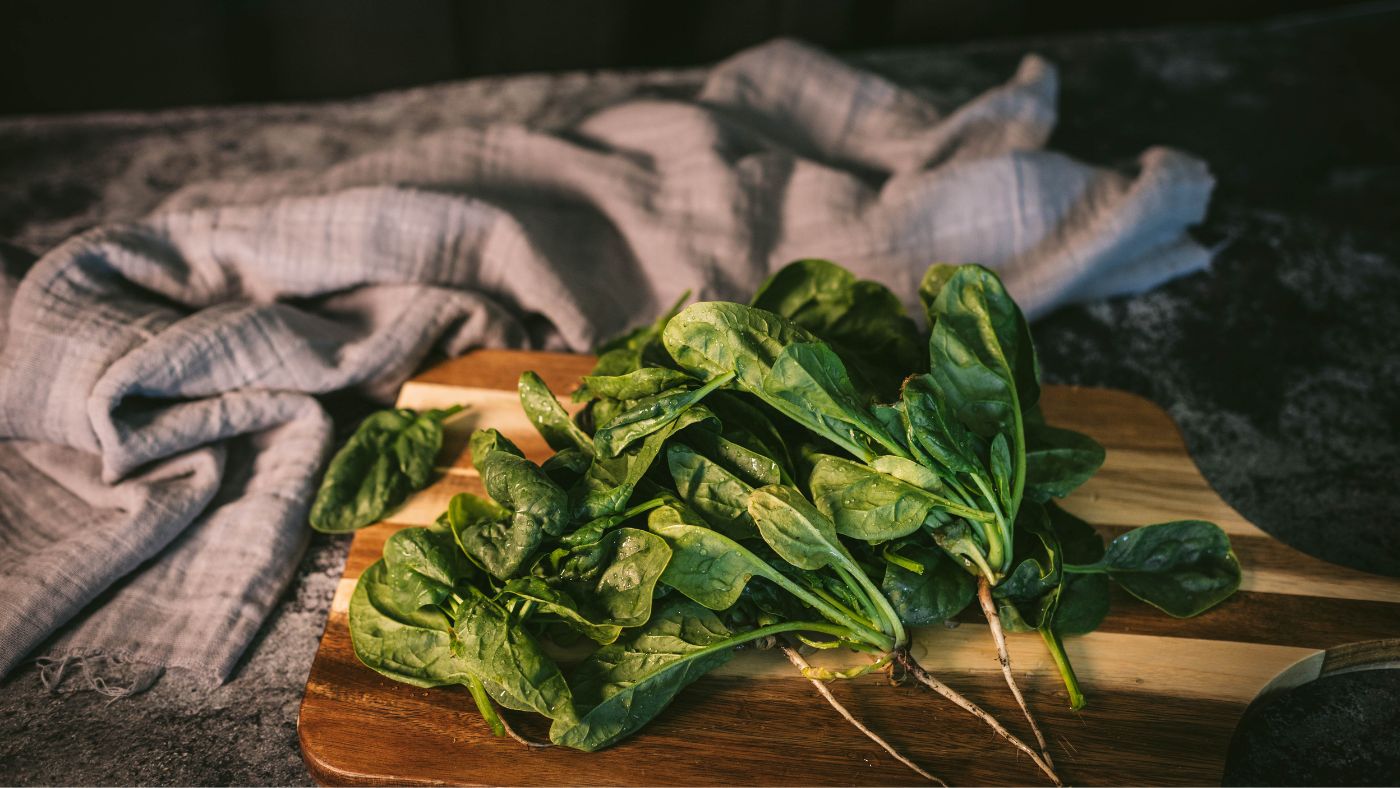

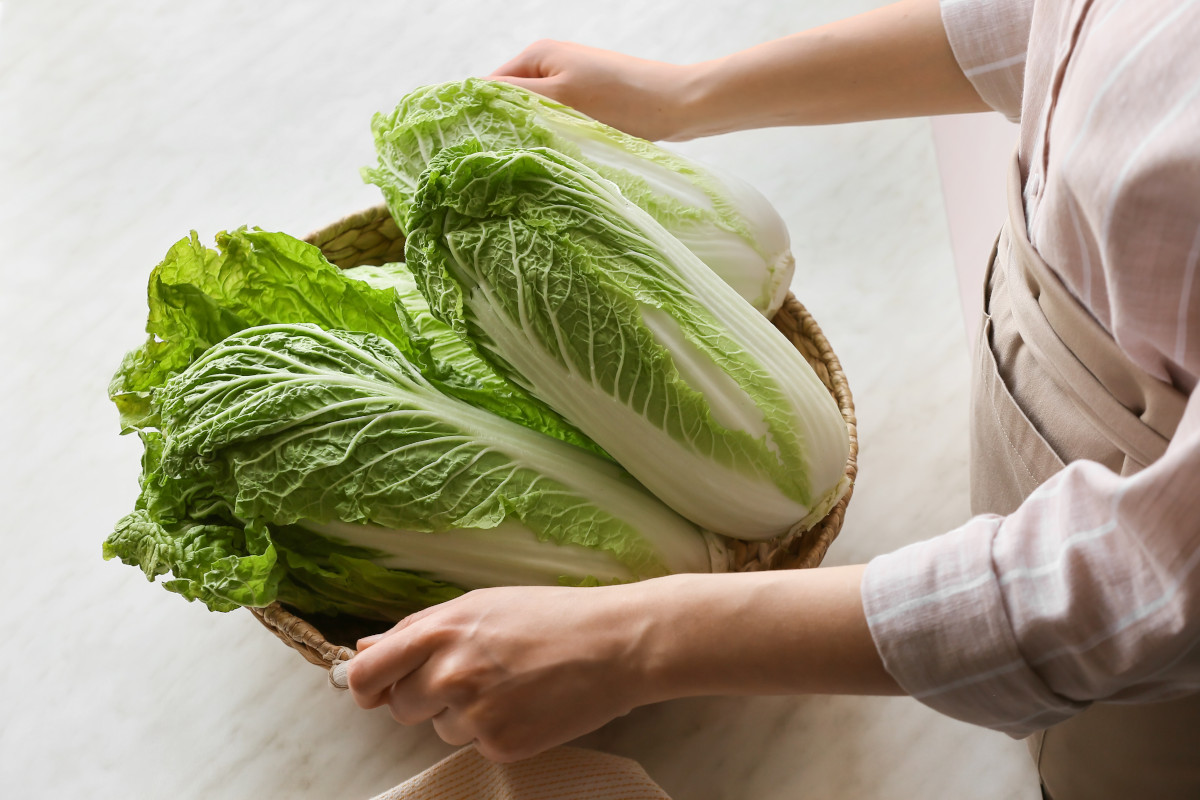
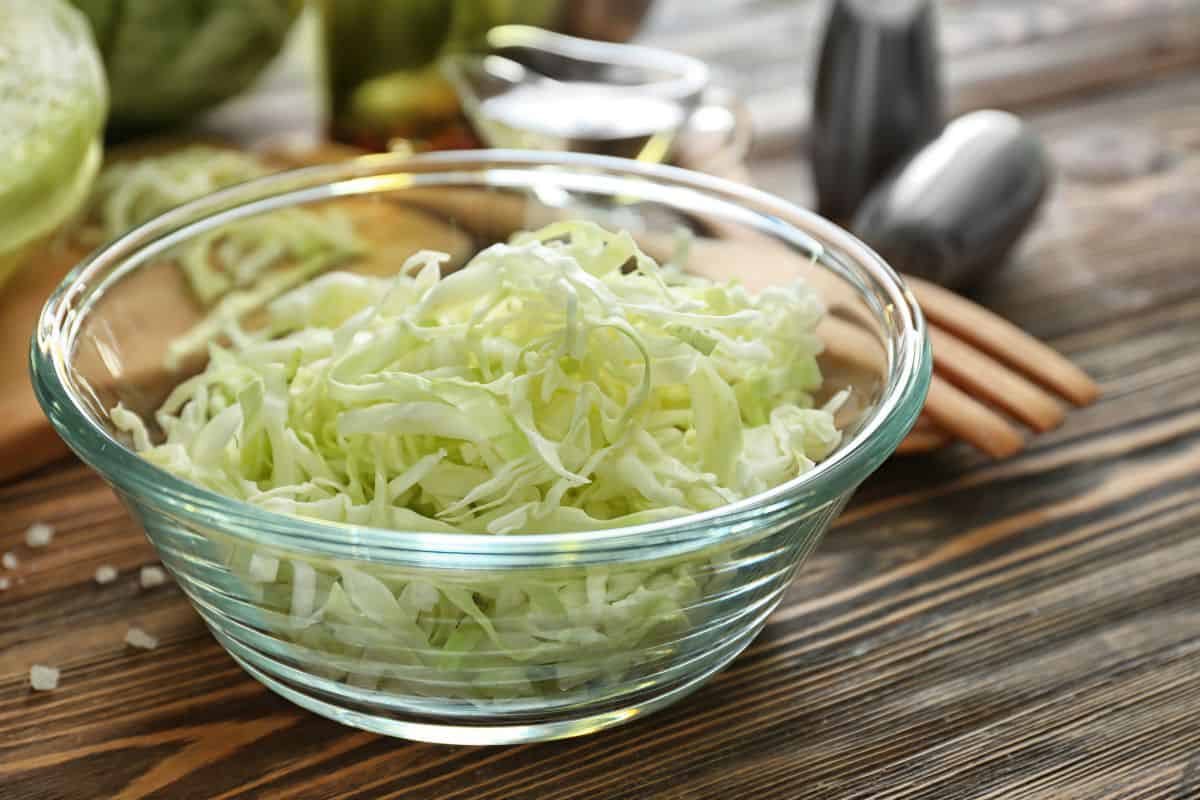
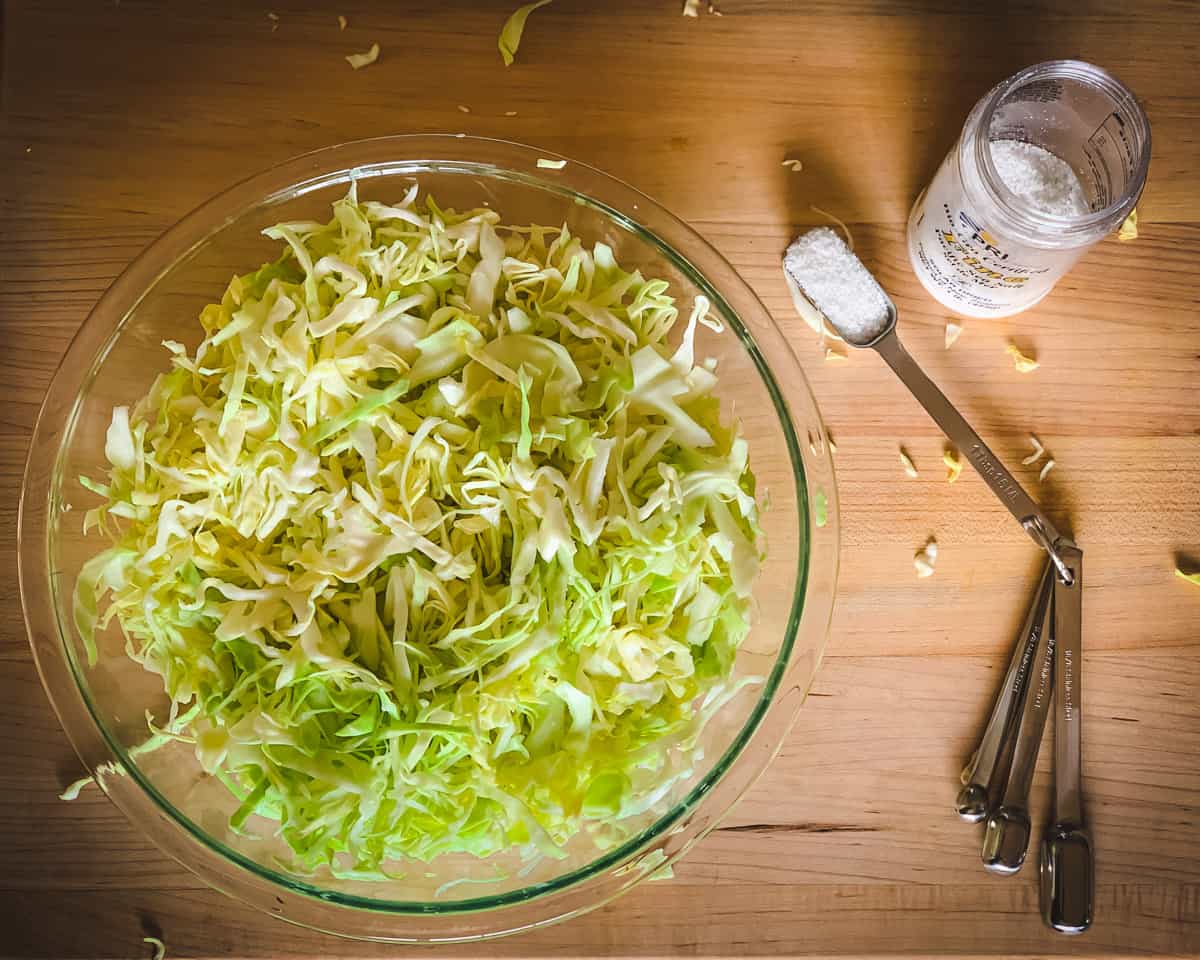
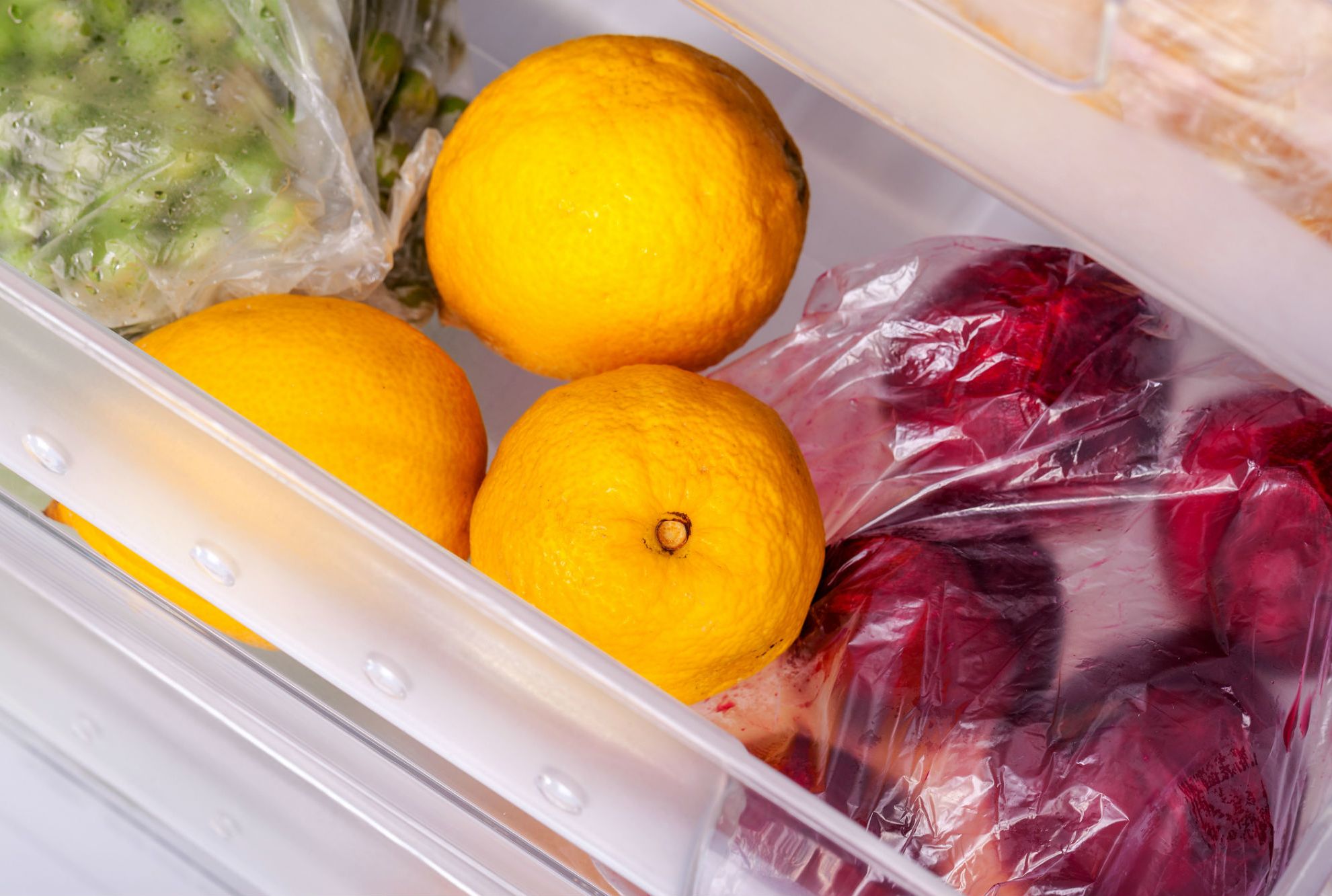
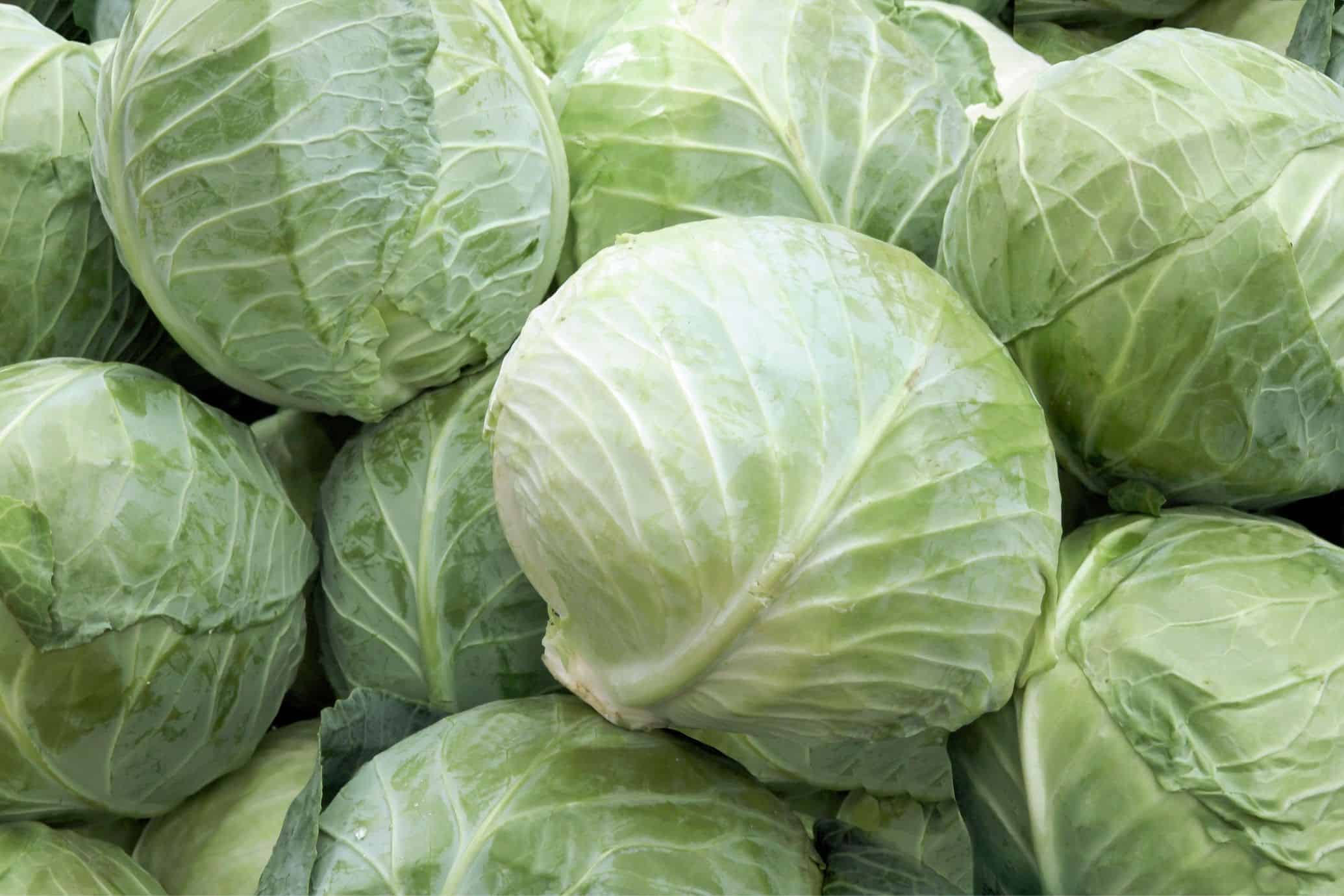
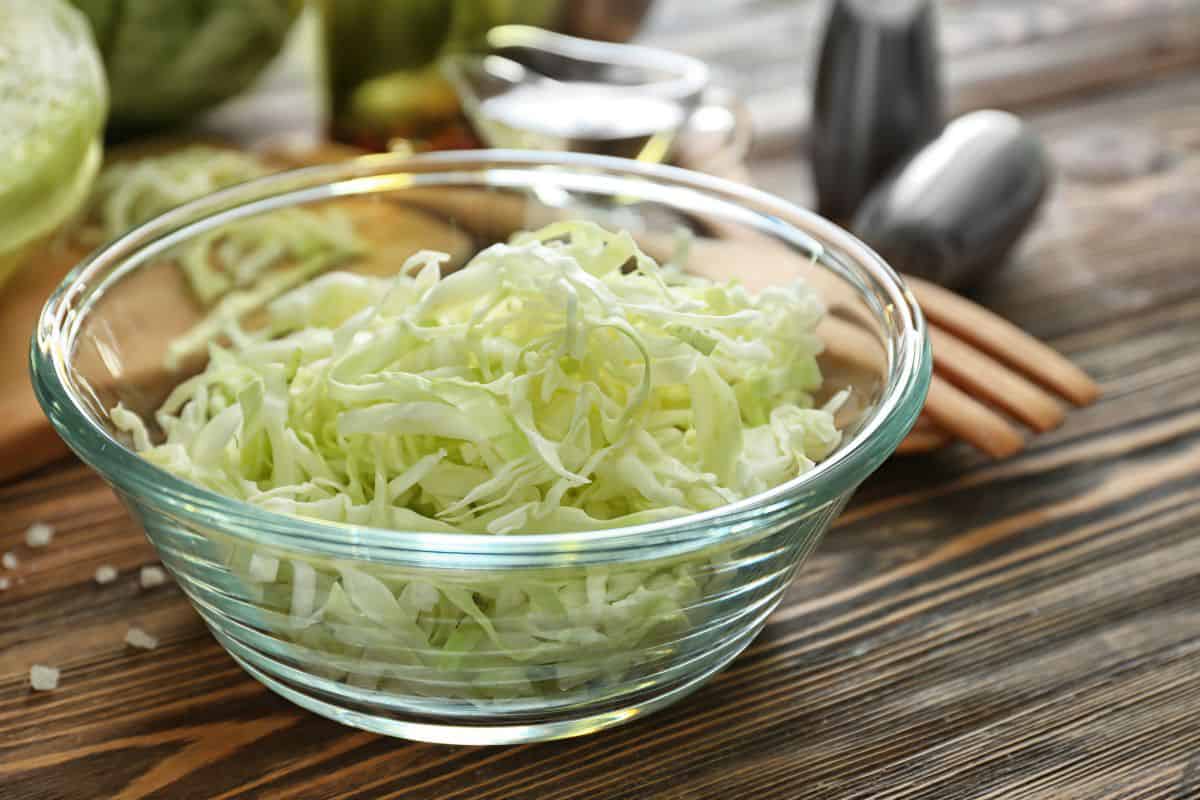

0 thoughts on “How To Store Cabbage For 6 Months”